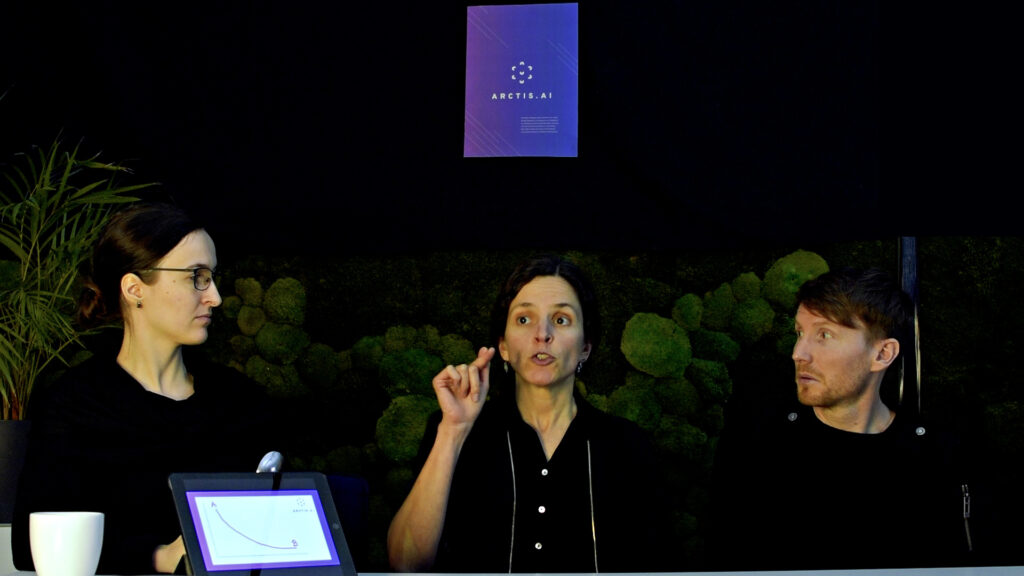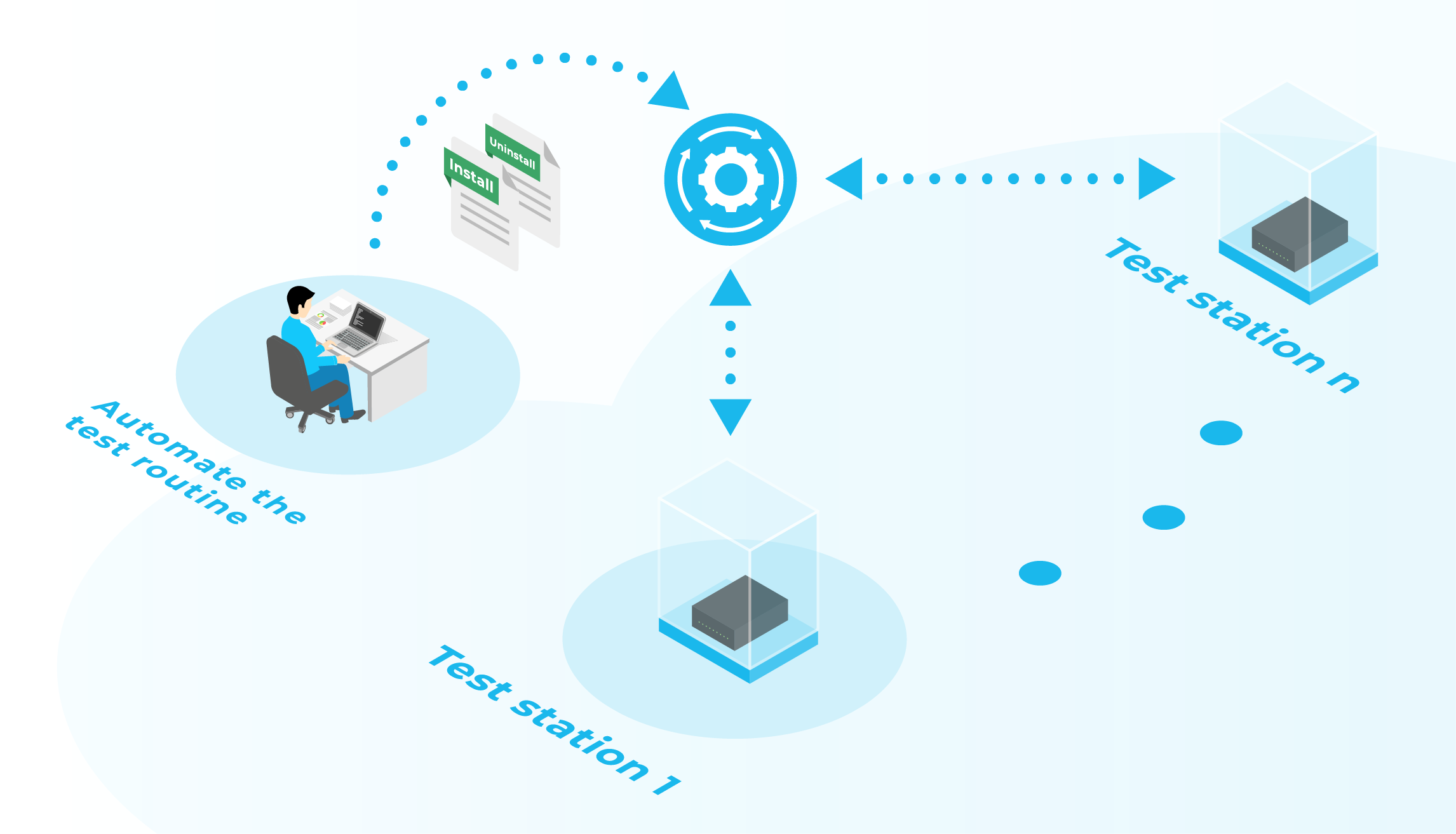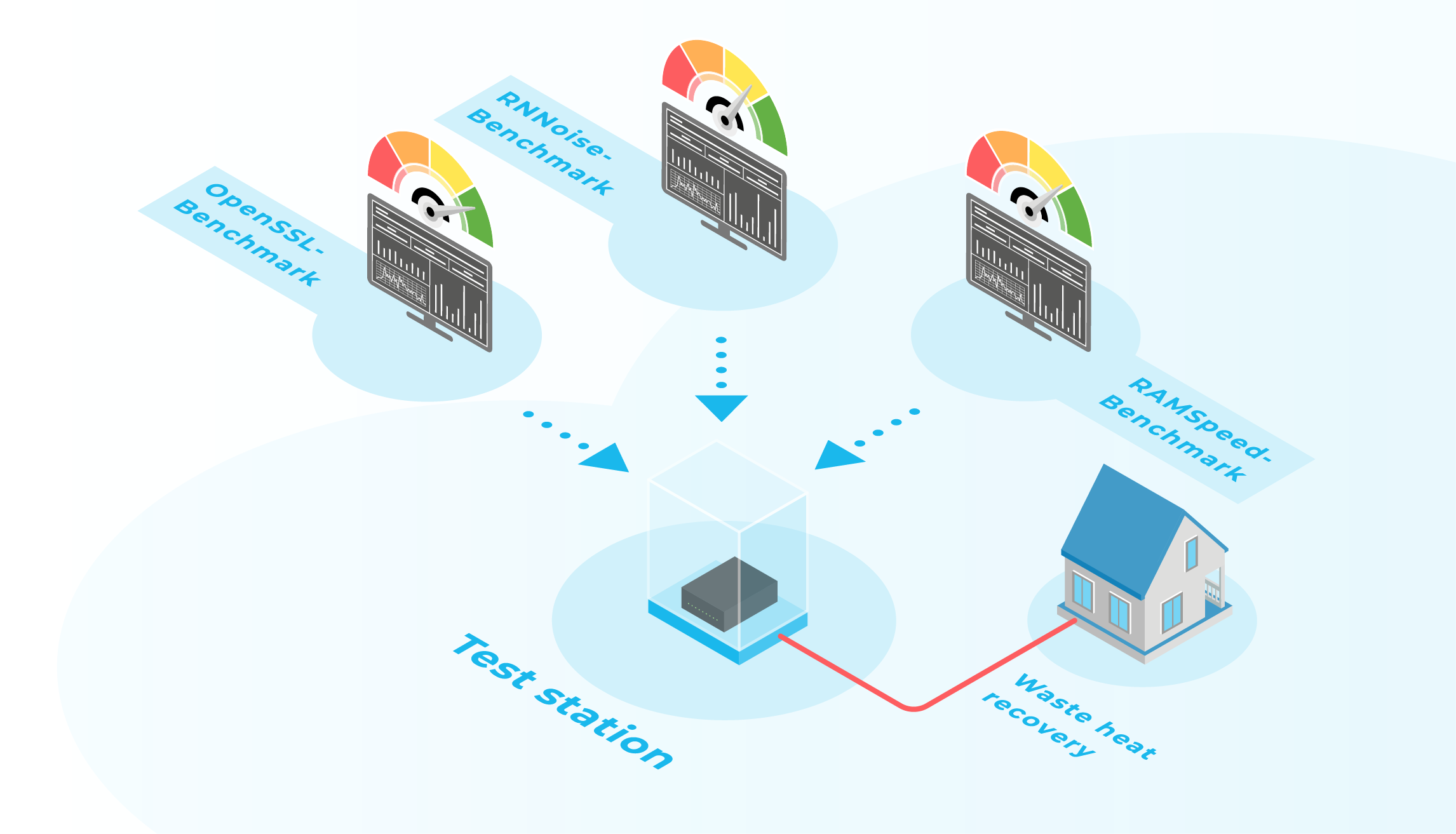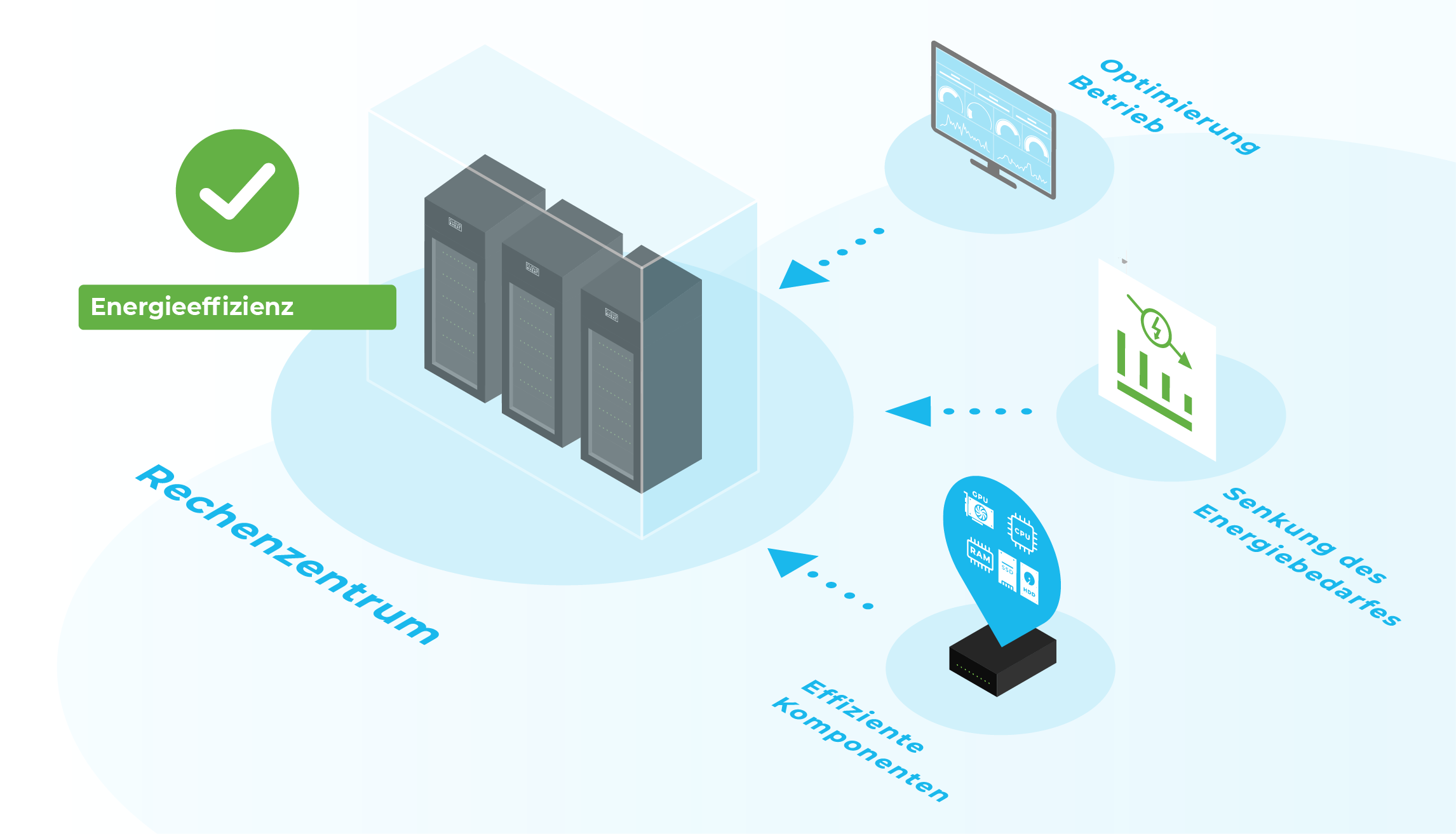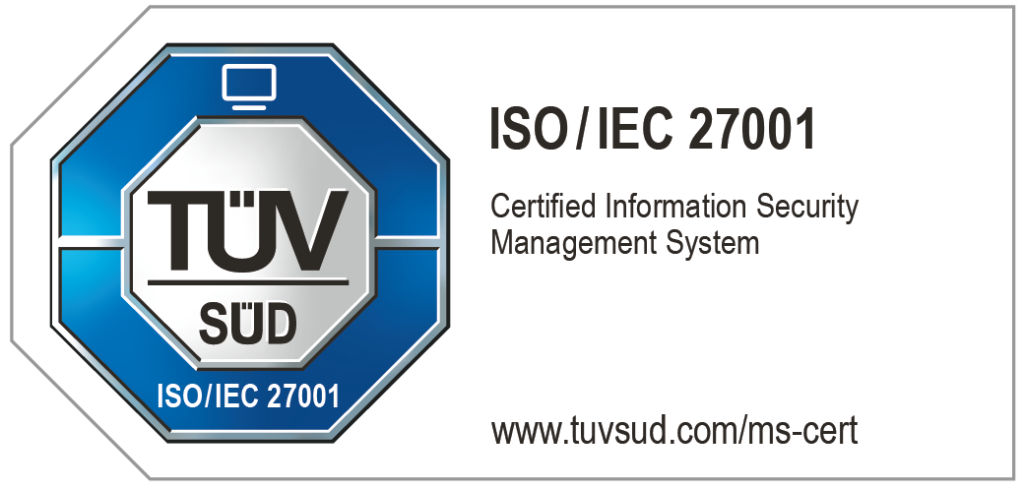We'll tell you what! An insight into the advantages of open source-based clouds
In a recently published Video of the medium-sized AI provider Arctic.AI cost savings forced the team to question its cloud infrastructure. The fact that they came to the conclusion that open source was too expensive is of course absurd. In our blog post, we would like to explain why open source should be THE first choice when providing or procuring cloud resources and show what the ecosystem of an open source cloud stack can look like.
OpenStack
When we talk about open source-based cloud computing, OpenStack can hardly be ignored. OpenStack is still regarded as the de facto standard for setting up open-source cloud infrastructures and also enjoys the trust of well-known large companies and the public sector in Germany. Consisting of various components, so-called projects (such as Neutron, Nova, Swift, Glance and others), OpenStack enables the simple and customised setup and operation of public and private clouds. Like other open source projects, OpenStack is based on GitHub where developers can access repositories or participate in community projects.
From the very beginning of our company's history, we have relied on OpenStack when building and running our Private and Public clouds . Even though OpenStack offers a wide range of options, manual management is often time-consuming and error-prone. Update and upgrade processes in particular can often cause headaches for operators of OpenStack clouds. Not only rolling out changes and the previously required validation of configuration changes, but also ensuring the functionality of the services after changes are made pose particular challenges.
Together with STACKIT, we have therefore initiated the development of a cloud lifecycle management tools, called Yaook, which automates these otherwise manual processes and thus reliably enables the provision and operation of cloud infrastructures. OpenStack and Kubernetes are skilfully linked with each other. All of this is done on an open source basis, of course!
Open standards
Standardisation may not sound particularly exciting at first glance, but it offers enormous advantages for users of cloud infrastructures: Implemented correctly, it ensures high quality of both the technology and its operation and promotes trust among both users and management. With its interoperability guarantees, it can serve as the basis for a vital cloud service ecosystem, which can then represent a viable alternative to the ubiquitous hyperscalers - free from vendor lock-in effects. In this way, standardisation opens up business opportunities for providers that are otherwise unavailable and contributes to digital and technological sovereignty at all levels, be it in a company or in the public sector.
Our partner from the Sovereign Cloud Stack (SCS) has been working intensively on the topic of standardisation for years. We have been working closely together since 2020 and are actively involved in the further development of the open standards driven by the SCS. Together with the ALASCA e.V.,which we are and were also heavily involved in founding and developing, the project aims to create a certifiable set of standards to fulfil the above-mentioned promises. These standards are characterised by the fact that they are openly accessible and are developed by a committed community under an open licence. They also come with a reference implementation and guidelines for implementers. These standards offer a particularly great advantage: if all cloud providers use these standards, vendor lock-in effects can be avoided, switching between cloud providers (including hyperscalers) and the operation ofamulti-cloud is (more) easily possible.
Public documentation, transparency & auditability
On the way to digital sovereignty and a competitive, local IT landscape, we believe that software is needed that is publicly accessible and therefore always subject to the critical eye of the community. The community can use the code freely, audit it and in turn make it publicly available to everyone. In this way, developers are encouraged to deliver clean code from the outset. If a bug does creep in, bugs or security vulnerabilities are usually recognised quickly and can be fixed transparently with the help of the community. In contrast to proprietary software, updates and new releases are not triggered by a single company, but are driven by a broad community.
Knowledge transfer
The aforementioned points favour the transfer of knowledge about open source technologies and make the use and operation of open source cloud infrastructures quite simple. From GitHub, where the bare source code is made available, to public documentation, project meetings, meetups and numerous forums, right through to targeted consulting developers have a wide range of opportunities available to them to learn more about the use and development of open source software or to exchange ideas - a major advantage of open source software compared to proprietary software, which, as mentioned above, is in the hands of a single company. This also encourages young talent in particular: By looking into the source code, you can acquire knowledge about how things actually work under the bonnet. What would training in operating systems be today without open source? It should be similar in the area of cloud infrastructures.
Personal support & regionality
In addition to technical factors such as the use of OpenStack, compliance with open standards, the provision of conscientious public documentation and the auditability of the software, we believe that other factors are also important for achieving digital sovereignty. For example, that the cloud provider of your choice is located in your region - next door, so to speak - always has an open ear for technical innovations or challenges and communicates with you as equals. This means that questions, problems or ideas can be discussed quickly, at best you have a technical contact person and could even just pop in for a coffee to synchronise. In our experience, this is worth its weight in gold for both sides.
Managed Kubernetes & other managed services
And another tip: When choosing your trusted provider, also go directly to those who offer their managed services, such as Managed Kubernetes,based on open-source. This allows you to avoid vendor lock-in effects and benefit from all the other advantages described above.
Laptop stickers
What can we say about it? Which developer isn't happy about funny laptop stickers? If you need some from Yaook or ALASCA, we're happy to provide them 😉
Digital Sovereignty
The above points all contribute to achieving digital sovereignty. However, while the terms Open Source and Digital Sovereignty have only become national buzzwords in recent years and more and more companies and even government organisations are finally turning to open source, we can proudly claim that the above points have been firmly anchored in our corporate DNA for years. We do valuable work on this every day - be it through our collaboration with the SCS, our involvement in ALASCA e.V. or the Open Infra Foundation, to name but a few.
The current developments in favour of open source, whatever their motivation, make us very happy and we are delighted that these topics are finally gaining in importance. Pay attention to the above points when choosing the right cloud provider for you. We are sure that you will find the perfect managed service provider for you.
